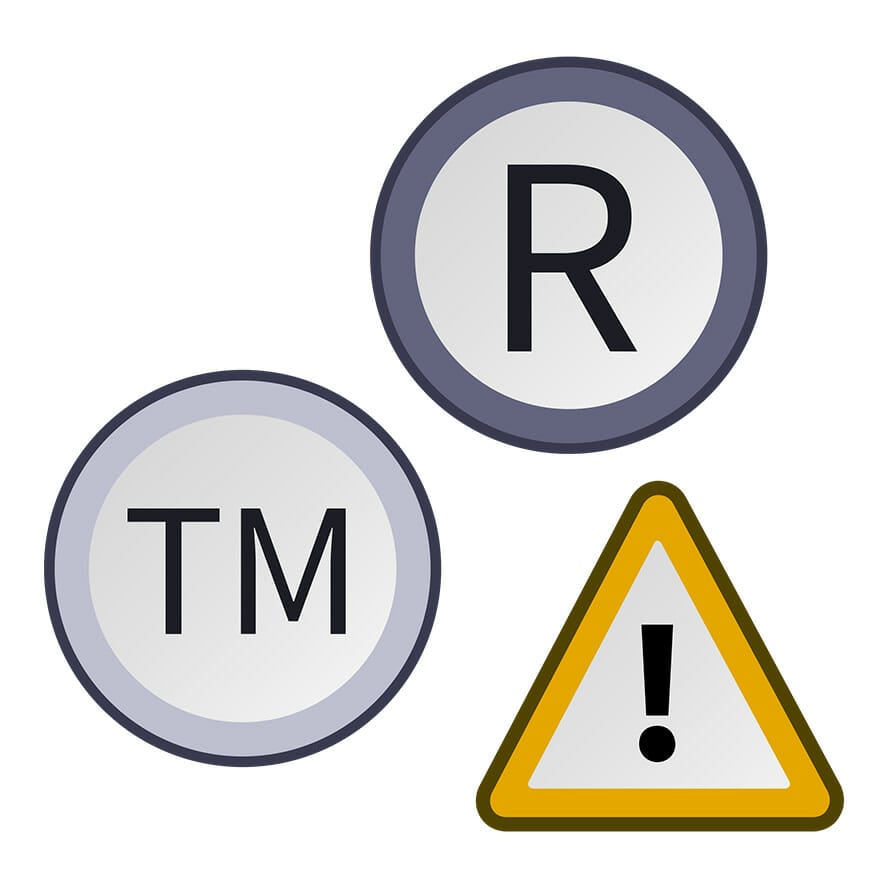
Some companies guard trademarks ferociously. They will not tolerate any breaches.
This is because trademarks are valuable commodities, and businesses spend millions of pounds ensuring they can be distinguished from the rest of the pack.
So proofreaders and editors have a responsibility to make sure they are used correctly. Our online proofreading course devotes a whole section to trademarks, as it’s important our learners get it right. They learn how to proofread manuscripts with one eye open for trademark issues.
Once a trademark starts to be used as a noun or verb, there is a real risk that its distinctiveness will be eroded, diluted or even lost entirely.
And when that happens, the particular trademark may be revoked because it has become genericised.
This is where a trademark becomes synonymous with other products of its kind. For example, people say they are ‘doing the hoovering’, even if they are using a Dyson or a Vax!
Businesses do not want their products lumped together with all the others.
Webmasters, editors, writers and proofreaders are often at the frontline of this battle, as they are responsible for way trademarks are used. They realise that the way they handle trademarks can significantly affect a business’s value.
Webmasters can expect to get a letter of complaint if they have used a trademark incorrectly. They could even face a court action for devaluing a brand, although this is unlikely.
The easiest way to check whether words are trademarks is to use the IPO website
Enter the search details and the website will produce a list of instances where the words in question are protected by trademarks, or where a trademark has been applied for.
Be careful, though, as this is not an exhaustive list.
Some trademarks are registered on a ‘word only’ basis. This means just the text is trademarked. Others are trademarked as ‘stylised words’ used as part of a logo, or written only in a specific typeface.
When referring to protected company or product names, the term to use is ‘trademark’. You should not use the terms ‘copyright’ or ‘patent-protected’, as these are different things.
Aspirin, corn flakes and escalator were all once trademarks, but have become generic terms. So have sellotape, portakabins and google.
But, do not use the word ‘portakabin’ unless the writer is talking about a portable cabin built by the company of that name.
If you are talking about a Portakabin, capitalise the P, because it is a proper noun, and if it is registered, add the ® symbol.
If the cabin is not made by Portakabin, or you cannot find out who made it, then call it a portable cabin or portable building.
You also have to decide whether using the trademarked name is important in the context. Is it an essential fact.
Strictly speaking, you should use the correct trademark symbol when referring to a registered trademark. Remember, not all trademarks are registered. Trademarks should be:
- spelled correctly
- capitalised appropriately
- used as an adjective followed by the appropriate noun, for example: wiped with Kleenex® tissues; not: wiped with Kleenex®
- be followed by the ® symbol if they are registered (not all trademarks are registered).
See our proofreading courses


